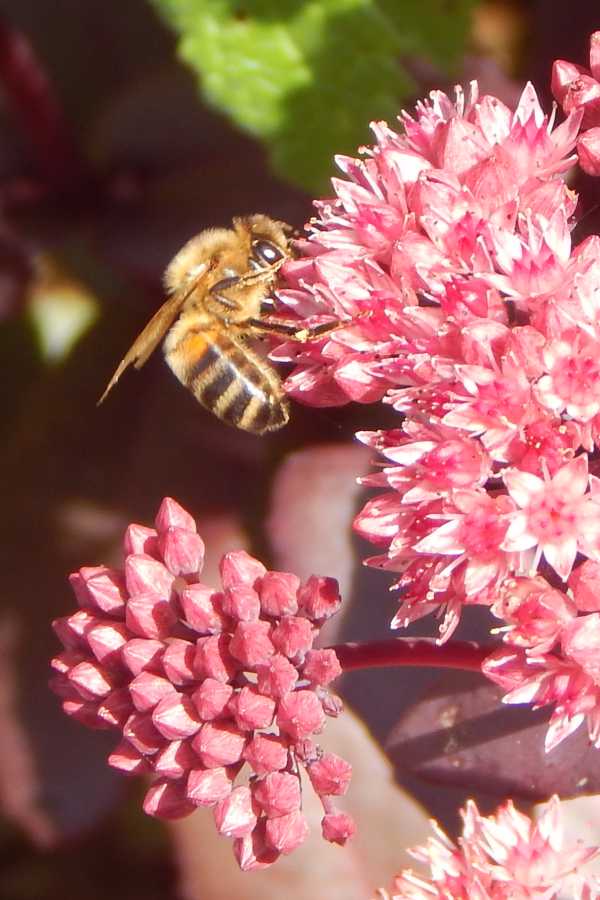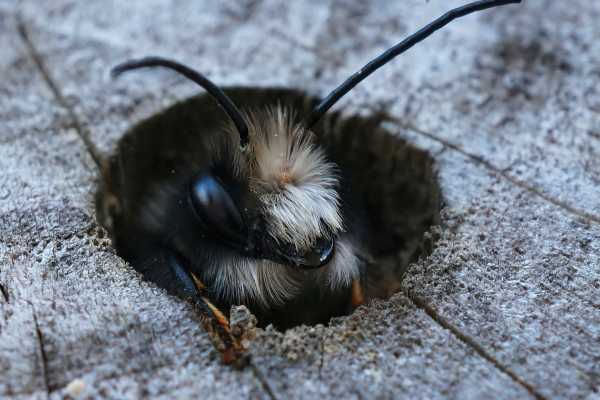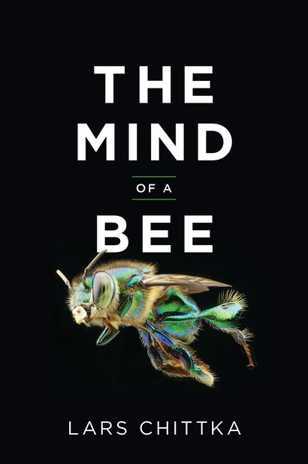Does EMF Affect Bees?
Are
bees affected by EMF?
As the world increasingly embraces a digital lifestyle, could it be that we are inadvertently affecting bees and other pollinators?
What is EMF?
An electromagnetic field, or EMF, is an invisible electric and magnetic energy area or space. EMFs surround an electrical charge source which may natural or man-made. Common man-made sources include Wi-Fi networks, cell phones, and power lines.
How EMF Affects Bees

There is debate about whether or not EMFs debate bees. Some argue that bees can thrive in urban areas (that would have high EMF levels), as long as the bees have sufficient foraging opportunities.
However, some scientific studies suggest EMFs could affect bees' behavior and welfare, as follows:
1. Navigation
According to a paper by Molina-Montenegro et al (2023)1 honey
bees use electric fields for intraspecific (within hive) and interspecific (plant-pollinator) communication. However, they are also able to detect the anthropogenic (human created) EMF, which negatively impacts their capacity for orientation, navigation, and foraging which must ultimately affect their health and survival.
2. Decline in colony strength
Sharma et al., (2010)2 studied the effects of EMFs emitted by mobile phones on honey bee behaviour and biology.
They observed a significant decline in comb production, lower levels of queen egg-laying, and reduced honey storing ability due to a loss of returning foraging workers bees to the colony.
They state that at the end of the experiment, there was neither honey, pollen or brood, resulting in complete collapse of the colony.
3. Communication
Communication in bees might be distorted due to EMFs. Research by Favre (2011)3 revealed that EMFs from mobile
phones induced worker piping signals in bees. He concluded that honey bees are sensitive to pulsed electromagnetic fields generated by mobile telephones. In natural conditions, worker piping either announces the swarming process of the bee colony or is a signal of a disturbed bee colony.
4. Cognitive and motor abilities
Shepherd, S et al., in a 2018 study4 suggest that even extremely low EMFs emitted from powerlines may represent a prominent environmental stressor for honey bees, with the potential to impact on their cognitive (learning and memory) and motor abilities, which could in turn reduce their ability to pollinate crops.
5. Foraging
Shepherd et al4 also suggest that EMFs may potentially have a negative impact on honey bee foraging trips, reducing feeding.
They state:
“ELF-EMF exposure was found to reduce learning, alter flight dynamics, reduce the success of foraging flights towards food sources, and feeding.
The results suggest that 50 Hz ELF-EMFs emitted from powerlines may represent a prominent environmental stressor for honey bees, with the potential to impact on their cognitive and motor abilities, which could in turn reduce their ability to pollinate crops."
What about the impact of EMF on wild bees?

Of course, what is damaging for honey bees is very likely to be harmful for wild bees and other insects.
Shepherd, S et al4 point out that the area around power lines where flying pollinators could potentially be affected by EMFs is relatively high. They state:
"Whilst foraging ranges of different bee species vary, if the general foraging range of bees is conservatively estimated to be up to 1.5 km this gives rise to a 3 km corridor around a transmission line within foraging range of bees.
In the UK there is 22,643 km of high voltage (400 kV and 275 kV) power lines which means that bee colonies in a 67,929 km2 area of land are potentially within foraging range of ELF EMFs.
This equates to almost 30% of land in the UK where bees may be exposed to EMFs of 50 µT at ground level and much higher levels closer to the conductor."
Has anything been done to protect bees from EMF so far?
Regulations have been put in place by a number of European countries, with the aim of limiting EMF exposure from cell towers. Whilst these measures were put in place to protect human health, they could indirectly benefit bees and pollinators.
Shepherd et al4 also note that some studies have reported poor success of bee hives kept under powerlines, which subsequently led to a precautionary federal recommendation in the USA to not keep bee hives under powerlines. But this of course, does not help wild bees.
However, broader recognition of the dangers of EMF could lead to more
definitive action from governments and the telecommunications industry.
How can we protect bees from EMF?
1. Collectively, we can make a difference by limiting unnecessary use of electronic devices as individuals.
2. Beekeepers should position hives away from powerlines and avoid the use of electronic devices near hives.
2. Spread the word. Share information about the importance of reducing EMFs, and simple tips to do so, such as switching off devices that are not being used.
3. Lobby for 'EMF free zones' and stronger regulations governing the placement of cellphone towers and powerlines, especially around sensitive habitats.
4. What we ultimately need to do, is advocate for safer EMF levels in the general environment, and promote further research to understand the full extent of EMF impacts on bees.
Meanwhile, regular monitoring and reduction of EMF sources, such as Wi-Fi networks, mobile phones, and power lines could make a positive impact. In tandem, industry plays a major role, and should be designing appliances, devices, and infrastructure that emit reduced EMF.
Bottom line...
Clearly, if EMFs are a threat to bees, it's one that we need to understand better.
But in the meantime, we can all take action to try and reduce EMFs. There was a time we used to manage without so many gadgets, it's not exactly a hardship to switch off ones that we're not using. Bees and pollinators deserve that, at least.
References
1. Marco A. Molina-Montenegro et al. Electromagnetic fields disrupt the pollination service by honeybees.Sci. Adv.9,eadh1455(2023).DOI:10.1126/sciadv.adh1455
2. Sharma, vp & Kumar, Neelima R. (2010). Changes in honey bee behaviour and biology under the influence of cell phone radiations. Current science. 98. 1376-1378.
3. Favre, Daniel. (2011). Mobile phone-induced honeybee worker piping. Apidologie. 42. 270-279. 10.1007/s13592-011-0016-x.
4. Shepherd, S., Lima, M.A.P., Oliveira, E.E. et al. Extremely Low Frequency Electromagnetic Fields impair the Cognitive and Motor Abilities of Honey Bees. Sci Rep 8, 7932 (2018). https://doi.org/10.1038/s41598-018-26185-y
If you found this page helpful or interesting, I'd really be grateful if you would share it with others - if not this page, perhaps another, such as Gardening For Bees.
Thank you so much :) .
